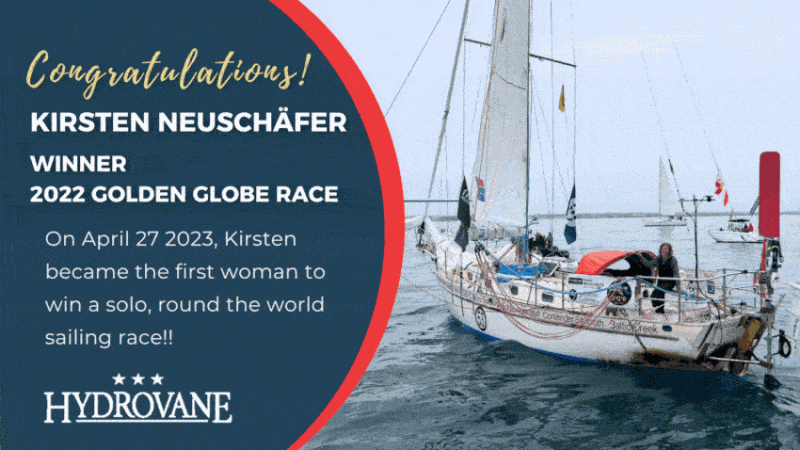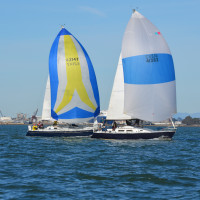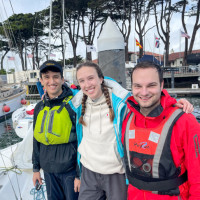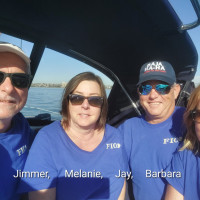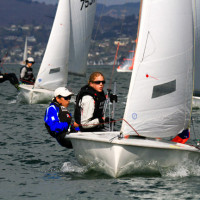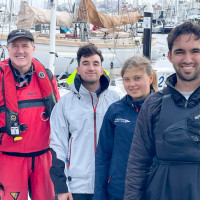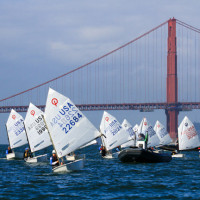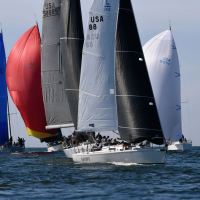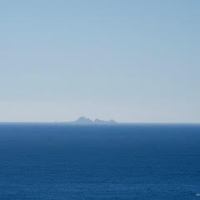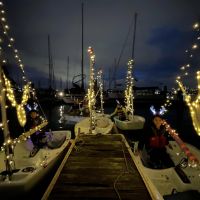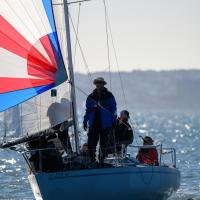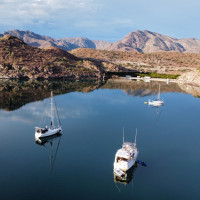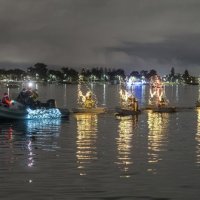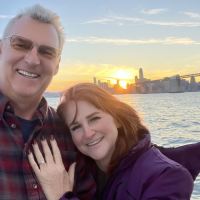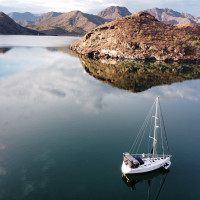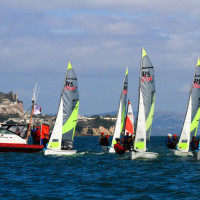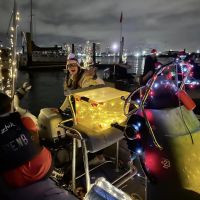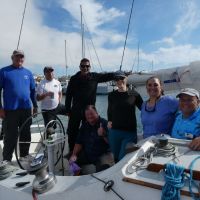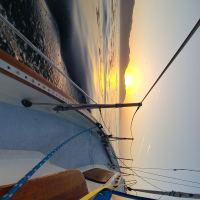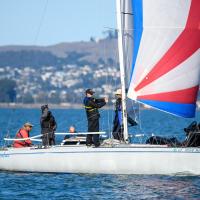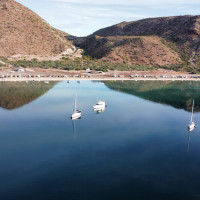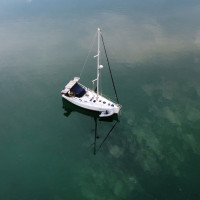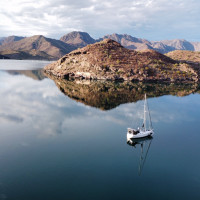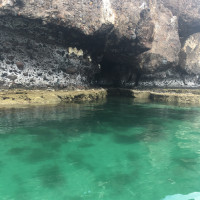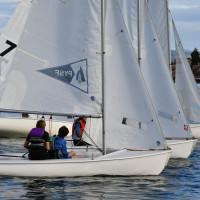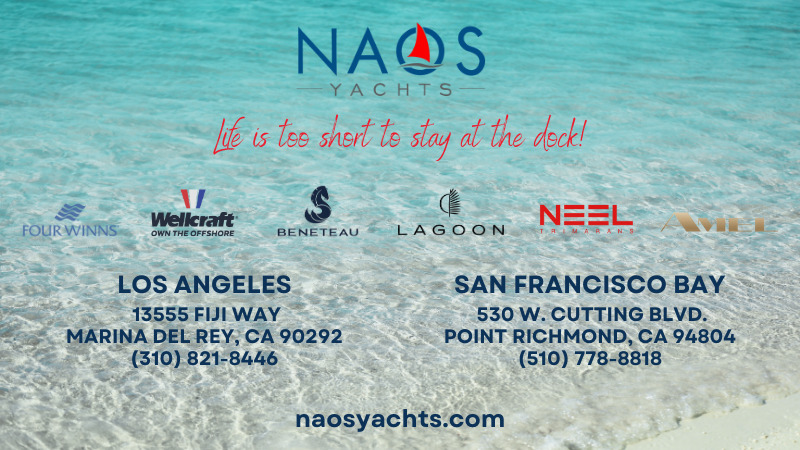
How To Expand the Navigable Waters of San Francisco Bay
If your boat draws four to seven feet or more, the navigable waters of the Bay are dramatically reduced. If your boat draws two inches to two feet, the area to explore is infinitely larger. A recent article in the New York Times highlighted six people who made the city better, including a gentleman named Rob Buchanan, whom they called “The Boat Rocker” because of all he’d done to help support waterfront access in New York Harbor. He’s helped develop community boathouses and is on the steering committee for the New York City Water Trail Association. A San Francisco Bay water trail was started for local small-boat sailors but is languishing. That doesn’t mean small-boat cruising stops.
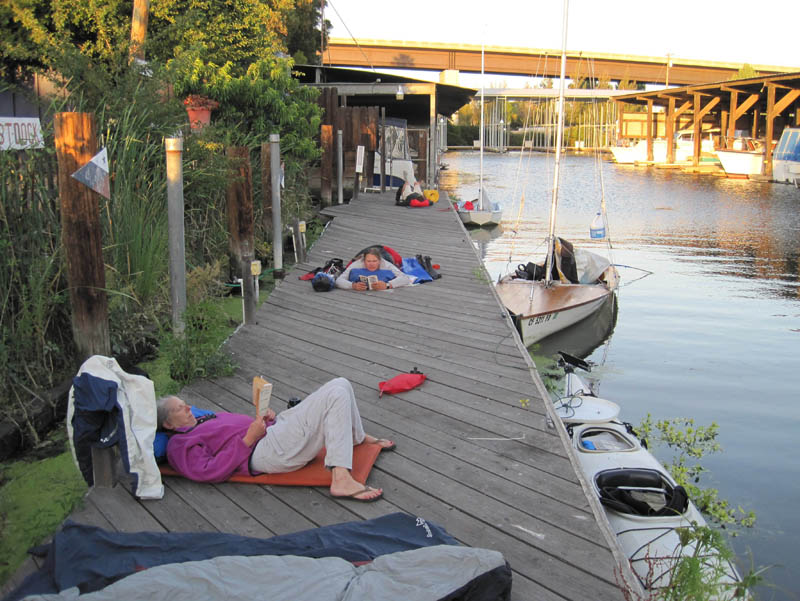
The story reminded us of Max Ebb’s “Roll Your Own Water Trail” story in December, lamenting the current hibernation of the San Francisco Bay Area Water Trail. This admirable project is meant to create more equitable access to the Bay while allowing more people to discover and protect the natural wonders of San Francisco’s magnificent estuary. People tend to protect what they know. As recreational access to the Bay gets limited by development, it reduces the number of people who get onto it or into it, and therefore want to care for it.
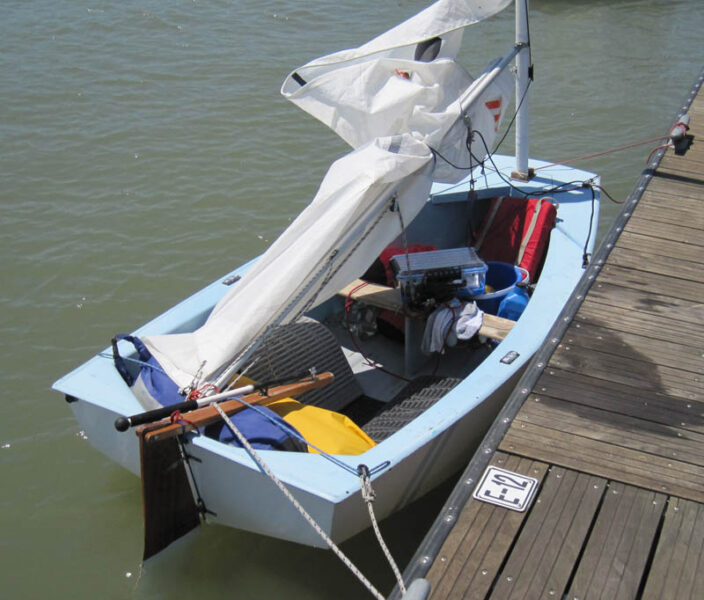
Despite the barriers, there is a very active small-boat community of sailors and paddlers who, as Max suggests, “roll their own” Bay tours, overcoming the hurdles along the way. These small-boat sailors and paddlers have far more Bay to discover than the average keelboat. Youth, Sea Scouts and community sailing programs continue introducing people to sailing, paddling, kayaking, rowing and even Bay swimming at the Dolphin Club and South End Rowing Club. At the same time, many other organizations work hard to preserve their shoreside footprints so they can introduce future Bay stewards to protect and enjoy our local waters.
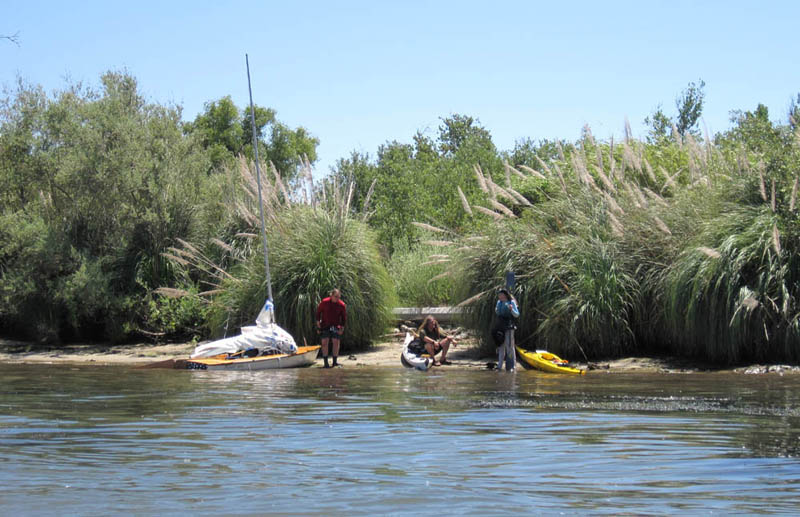
It’s the people who are closest to the water who feel most inclined to protect it. That would include swimmers, kiters, boardsailors and small-boat sailors such as the very active Potter Yachters. We have a great memory of standing on the stern platform of a powerboat at the finish of the RCP Tiburon Mile swim from Ayala Cove to the CYC beach near Sam’s. As one of the very last finishers struggled with his last strokes past us to the beach, he looked up, saying, “This is stupid. This is what you do if you don’t have a boat.” We almost fell off the “yacht” laughing. Regardless of his opinion, we think getting into or onto the Bay with or without a boat is worth doing. In this era of promoting the health benefits of a “cold plunge,” diving in will surely become more popular.
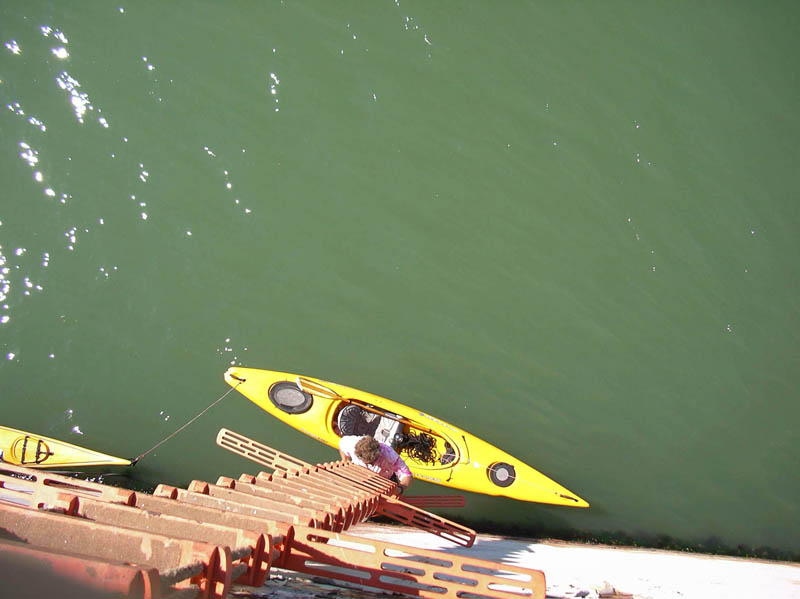
Keelboats offer comfort and spectacular Bay sailing, but exploring the Bay and Delta in small boats greatly expands the possibilities and can be done with or without an official water trail. We hope the water trail continues to be developed so more kids can discover what their grandparents enjoyed. Either way, we love to see the adventures swimmers, paddlers and small-boat sailors have on the Bay. It doesn’t take a big boat to have a big adventure.
Read the New York Times story here.
Caption Contest(!)
We’re starting off the year right, with our January Caption Contest(!). Thanks to Chris Boome for sending us this month’s photo, taken by Stephanie Van Alstyne. We’ll fill you in on the details of this photo later …
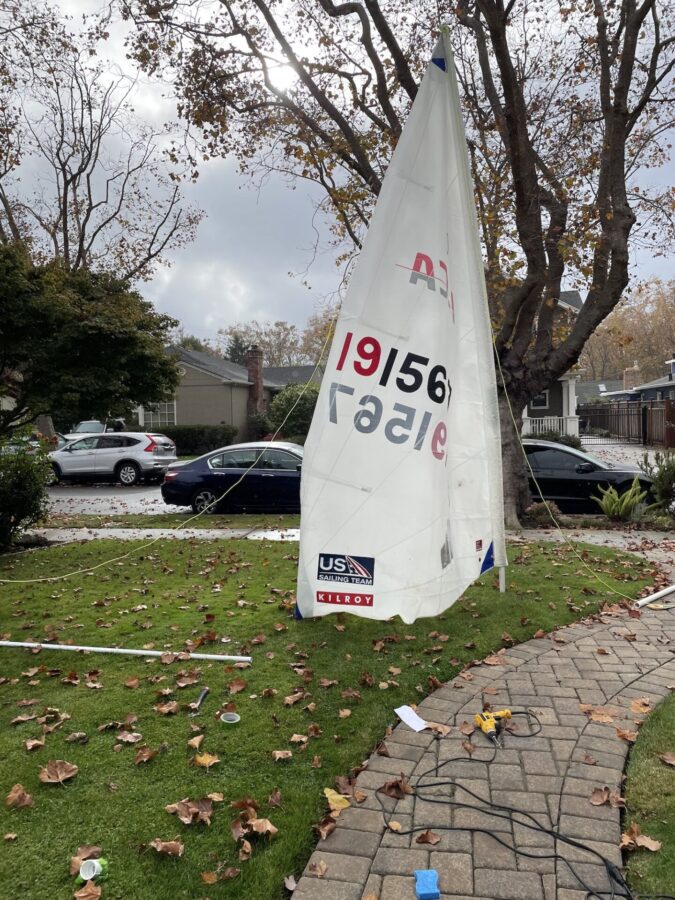
You can find December’s Caption Contest(!) winner and top ten in January’s Loose Lips.
Steering the Dream With Hydrovane
Hydrovane is your best crew member: an independent self-steering windvane and emergency rudder/steering system … ready to go!
A Brief History of Sailing San Francisco Bay
Every year, new people start sailing in the Bay Area. They might be sailors who moved here because of the sailing (OK, or a job) or they’ve lived here their whole life and just figured out what they’ve been missing. Beyond learning the bow from the stern and what current is all about, there is an incredible history of sailors and sailing that started ahead of the Gold Rush and carries on until today.
It would be a shame to sail the Bay without knowing some of its history. Since Latitude 38’s history only goes back to 1977 we missed a lot of it too. Thankfully, back in 2015, editor John Riise put together an abbreviated history of sailing the Bay. We rediscovered it while reviewing one of the 559 issues we have published online (scroll down). We’ve left the identity of the images until the end so history buffs can guess who they are.
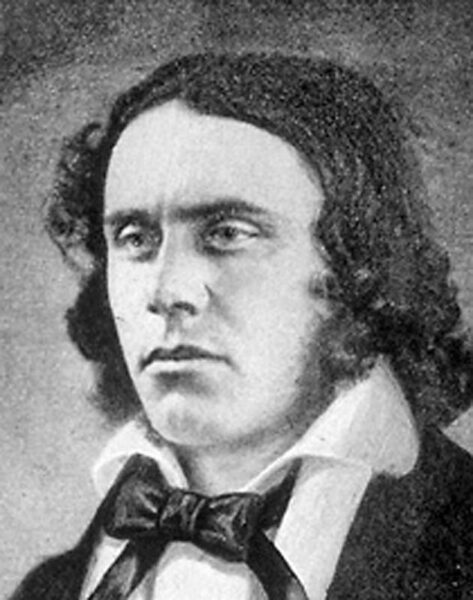
The images are of a few of the characters and ships that shaped our history. The story in our June 2015 issue began, “It’s hard to imagine what the Bay Area, or the world, would be like without sailing. Before there were trains, trucks or even decent roads, people and goods reached far-flung places by sailing ship.”
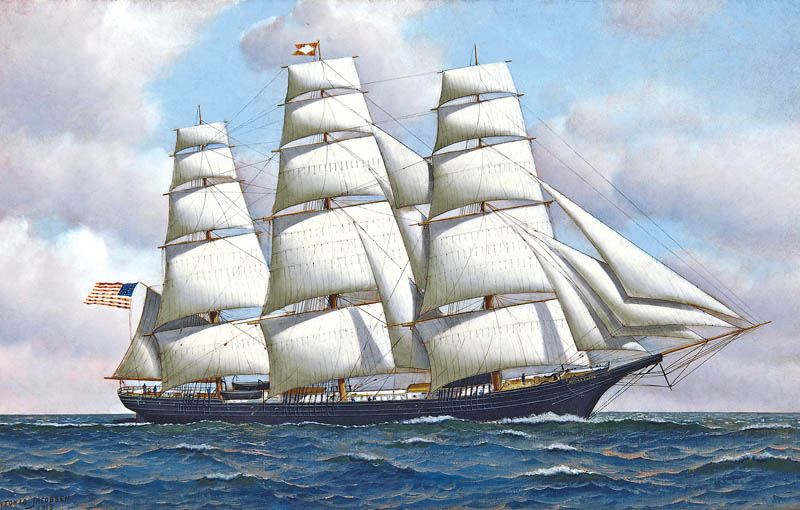
“And the course of history often pivoted around where and when they got there. Think about it: In the big picture, from the decks of sailing ships, trade routes were established. Continents were discovered. Empires formed, flourished and fell. Wars were won or lost, and the fates of nations decided. Heady stuff.”
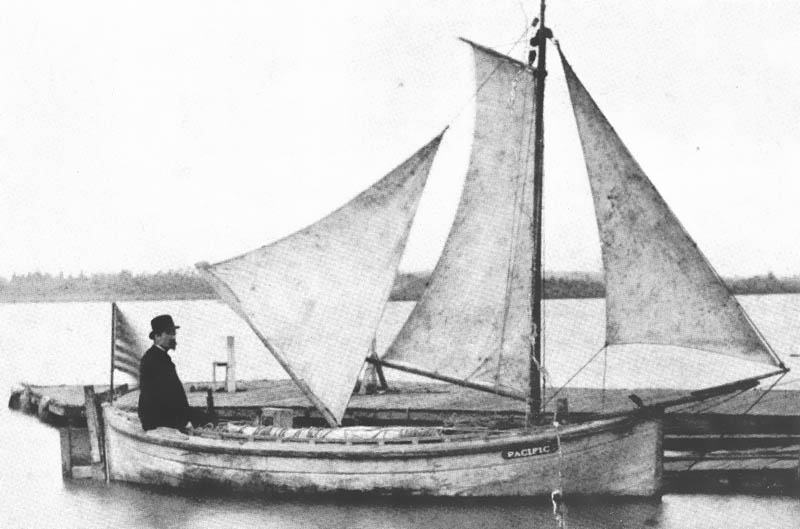
“Since we’re believers in that old adage that you can’t really appreciate the present without knowing a bit of the past — and San Francisco Bay has one heck of an interesting past — we’ve put together this brief timeline of the sailing-related history of the Bay Area (along with some non-sailing stuff that occasionally ties in). None of it will make you a better sailor, but we can guarantee a few laughs, and that you’ll learn some things that will be extremely useful if you ever end up on Jeopardy. At the very least, we hope it will give you a renewed appreciation of the great sailors and colorful characters in whose wakes we sail.”
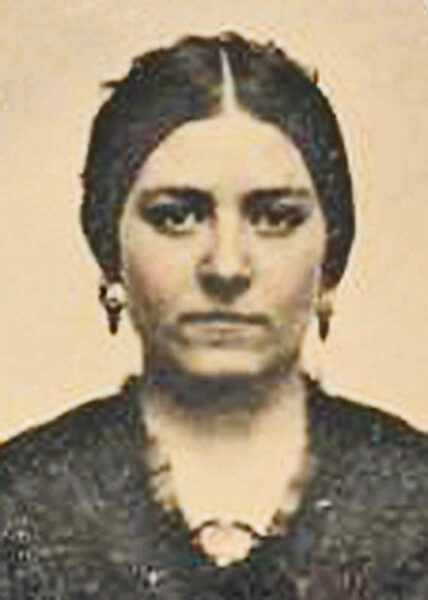
“This month, we’ll take you up through the 1800s. Next month, the 1900s to present day.”
You can see more images and read the full story from 1542 to 1897 here.
Image 1: Richard Henry Dana
Image 2: Flying Cloud
Image 3: Bernard Gilboy
Image 4: Mary Patten
Sailagram: A Snapshot of December Sailing
Let auld lang syne NOT be forgot. Here are the last days of sailing in 2023 for your enjoyment.
Happy post-holiday rush to you all, and cheers to a new year ahead with many days out on the water.
By the way, if you feel as if you’ve seen some of this month’s pics in a previous gallery, you might be right. We think Santa’s elves were a bit bored while he was out delivering gifts with the reindeer and got up to mischief.
New Year, New Boat With Naos Yachts
Shop new and used inventory with Naos Yachts with locations in the SF Bay and Los Angeles. Visit: www.naosyachts.com to learn more.

